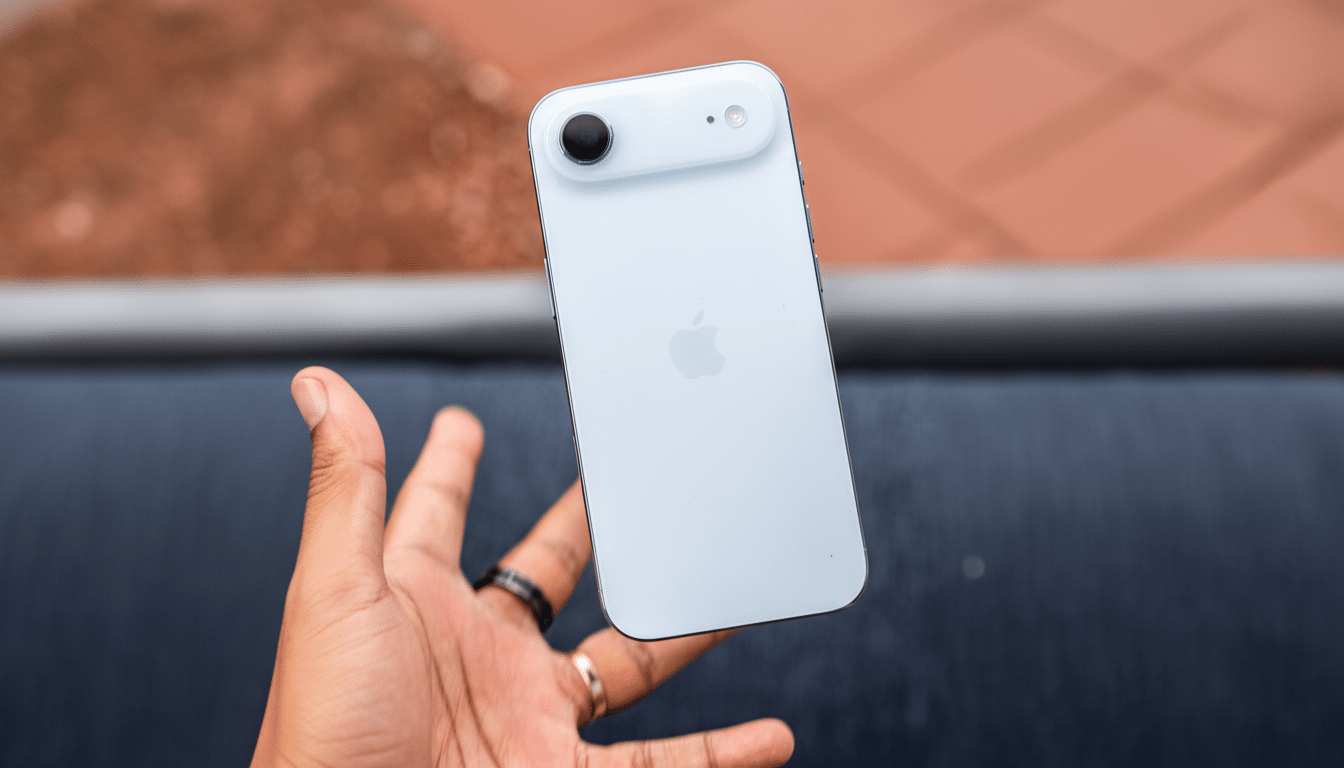Apple is delaying the second generation of its iPhone Air after weaker-than-expected sales of the original model, says a report from The Information, which was picked up by The Verge. The extra-thin sequel, which was previously slated for a fall 2026 release, could now reportedly be released as late as spring 2027 alongside the iPhone 18 and 18E releases.
Why Apple Is Slowing Down Its Next iPhone Air Release
The move appears to be a classic Apple recalibration: when a new form factor doesn’t perform well, the company historically cuts production, rethinks positioning, and re-times the next version of the product.

We also saw these types of tinkering with the iPhone Mini and, later, the iPhone 14 Plus — both products that had fierce loyalists but never achieved the scale Apple aims for with core models.
For many quarters, analysts have pointed to the fact that Apple’s iPhone buyers are splitting into two camps. At the high end, Pro and Pro Max devices lure power users who are in for an improved array of cameras and top-of-the-line silicon. At the other end, value-oriented buyers favor older flagships and more recently released devices like the SE. A design-first device like the Air — with thinness rather than battery headroom as a priority — exists in a narrower lane, and early sales suggest that it may be even more niche than internal forecasts would have thought.
Macro conditions haven’t helped. Global smartphone shipments dropped about 3% in 2023, according to IDC, before beginning a mild rebound early this year. In China, Apple’s volumes fell about 19 percent year over year in the first quarter of 2024, Counterpoint Research said, as local competition heated up. With upgrade cycles extending closer to three years, based on several retail channel checks and CIRP analysis, introducing an entirely new sub-family requires very distinct differentiation.
What the iPhone Air Is, and Where It Fits
Description: Introducing the thinnest iPhone ever, the iPhone Air (everything runs on air). The new iPhone is aimed at people who have an eye for both portability and premium materials.
The existing model combines a powerful A19 Pro chip with a 6.5-inch ProMotion display and a titanium frame — an attractive mix for people who want their device to be slender yet still have a high-end feel.
The trade-offs are obvious: It’s a lot harder to make a phone dramatically thinner and manage heat and battery capacity. That equation could discourage certain brotherhoods of heavy gamers, all-day photographers, or the kind of guys (and they are mostly guys) who associate premium with maximal endurance. Apple has successfully walked such a tightrope with its “Air” branding across Mac and iPad lines, but phones are uniquely unforgiving in this sense: Expectations for a day-long routine battery charge continue to remain high.

New Timeline for iPhone Air and What Could Change
The report speculates the iPhone Air could get even thinner while increasing stamina — a challenging but not unattainable task if Apple relies on denser component integration, higher energy density cells, or efficiency gains from silicon and display drivers. One possibility that’s reportedly being explored is the use of a vapor chamber, which would be a cooling solution popular in top-end Androids, and could help provide sustained performance in an ultra-thin body.
Pushing things to the spring of 2027 gives Apple a much-needed comfort zone for polishing up that product brief and getting some better pricing on components as technology continues to evolve. It also provides time to clarify the Air’s place in the overall lineup so it doesn’t rival, but instead advances, those Pro and standard models that account for material annual volumes.
Market Context and Data Points for iPhone Air Delay
Industry data illustrate just how hard it is to carve a new iPhone sub-brand out of thin air. Though overall shipments have been erratic, the premium tier has captured an increasing share of revenue; Counterpoint recently said that devices priced above $600 make up more than half of the global smartphone revenue. But in that premium slice, most of the buyers are willing to spend more because they want a relatively feature-complete flagship — especially models marketed around camera capability and long run-time — which is going to make a super-slim device work harder on its sales pitch.
Apple, for its part, has demonstrated that it will cut lineups to better match demand. The recent trend of the Mini being dropped and Plus models realigned is the perfect evidence. A postponement of the next Air is not, however, an indication that Apple has given up on it; instead, it reflects the fact that Apple wants better product-market fit before making its next production ramp be for a redesigned model.
What the iPhone Air Delay Ultimately Means for Buyers
If you’re planning to snap up an iPhone Air just for the skinnier profile, know that the current model will likely remain available on shelves alongside a new version — and could be more frequently discounted as both Apple and carriers work through inventory. If battery life or sustained performance are deal-breaker conditions, the Pro-series devices continue to be the safer choice today. For those willing to wait, if the 2027 spring window stands, that could instead yield a more grown-up version of the ultra-thin concept not as plagued by thermals and endurance issues.
Bottom line: It looks like Apple is slowing the iPhone Air’s sequel to help bolster the narrative and engineering. The company has done this in the past — by the time those products finally ship, they’re likely to have clearer uses and hopefully a better chance at sticking around.

